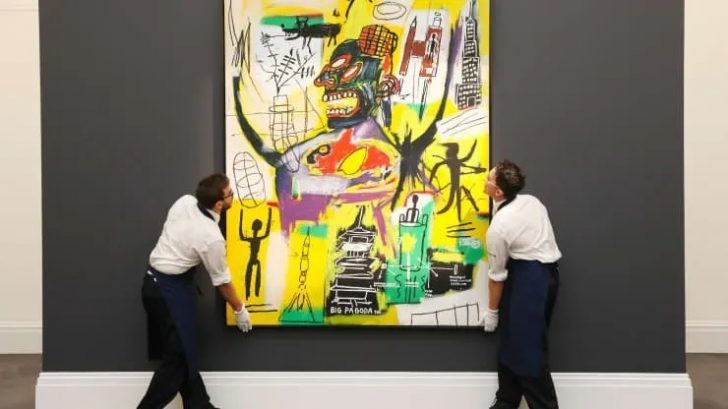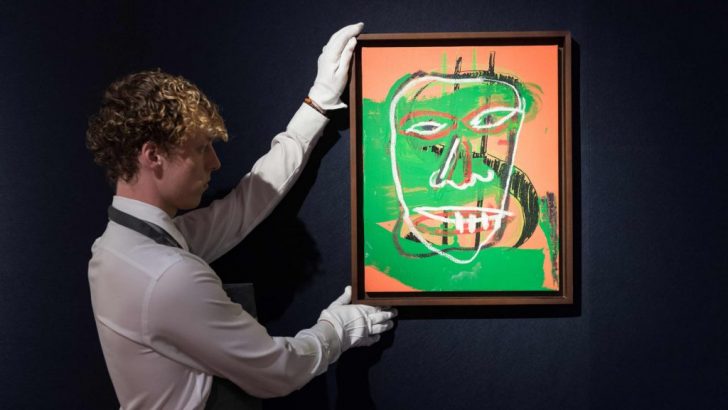The art market is undergoing a seismic shift. Once dominated by high-stakes bidding for rare, expensive masterpieces, the landscape now leans toward affordable, accessible art. Auction sales at top houses – Christie’s, Sotheby’s, Phillips, and Bonhams – plummeted by 26% in the first half of 2024, compared to 2023, with an even sharper 36% drop from the 2021 peak.
This trend is indicative of a broader shift in the market, as demand for “trophy works” weakens and a new generation of buyers emerges with a distinct taste for lower-priced art. With global economic uncertainty and shifting demographics, the art market finds itself at a crossroads.
The Shift in the Art Market We Didn’t See Coming
For years, the art market thrived on the excitement of multimillion-dollar masterpieces and rare collector items. However, a notable shift is happening. Young collectors – millennials and Gen Z buyers – are less interested in joining the frenzy of high-priced auctions.
Instead, they seek pieces that are affordable, accessible, and resonant with contemporary issues.

Thus, this trend towards affordability has reshaped auction house dynamics. Data shows that high-value sales are down significantly while interest in lower-priced art continues to grow. However, this is not necessarily a bad thing for the art market.
Auction Houses Face Notable Decline
Auction houses are feeling the impact of these changing buyer preferences. The peak year of 2021 saw public auction sales soar to $7.4 billion, but by the first half of 2024, that number had dropped to $4.7 billion. The Art Basel and UBS Survey reports that fewer wealthy collectors plan to buy art in the coming year – just 43% compared to over half in 2023.
This reduction in demand signals a cooling period for the market, with sellers potentially outnumbering buyers.
These numbers reflect broader economic concerns as well. Wealthy collectors are increasingly cautious, perhaps influenced by market volatility and a tightening economy. The art market, though historically resilient, is not immune to these fluctuations. As we gear up for the big auctions in New York this November and Art Basel Miami Beach in December, dealers and auctioneers are hopeful for a post-election rebound.
Yet, the market’s long-term trajectory may continue to rely on a delicate balance between high-value and affordable art.

A Sense of Optimism Amidst Uncertainty
Despite the apparent slowdown, there is a surprising level of optimism among wealthy collectors. The survey reveals that 91% of these collectors feel optimistic about the global art market’s performance over the next six months.
Thus, this is a notable increase from 77% at the end of 2023. It suggests that while sales are down, faith in art’s enduring value remains strong.
Interestingly, these collectors are more confident in the art market than the stock market, with only 88% optimistic about the latter’s short-term future.
Why this confidence in the art market? Art has long been considered a safe-haven asset, providing stability in times of financial turbulence. Wealthy collectors, even amid market shifts, continue to see art as a solid investment. So, for those with the means to hold on to their collections, the potential for long-term growth still seems viable, particularly if a post-election rebound brings renewed interest and investment.




